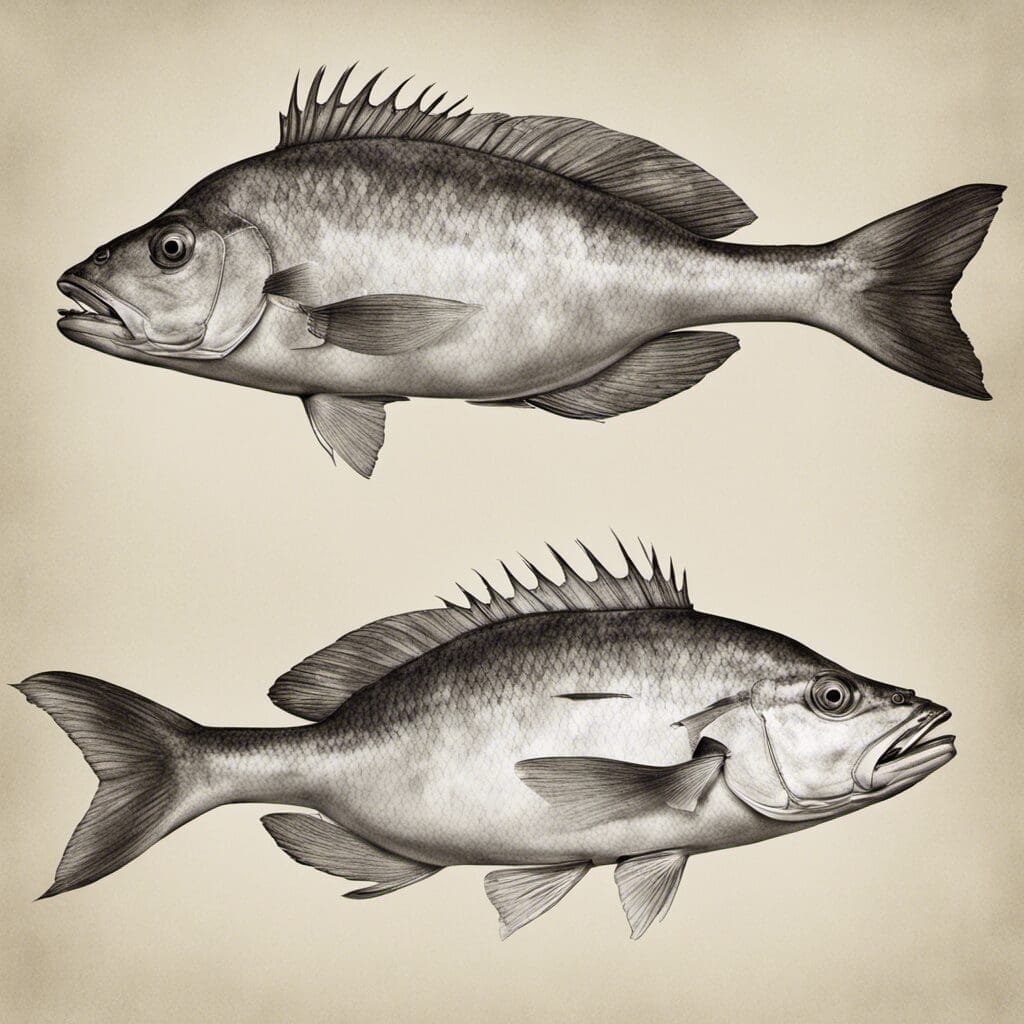Introduction
The Queen Snapper, scientifically known as Etelis oculatus, is a vibrant, red-bodied fish commonly found in the tropical waters of the Caribbean Sea. Belonging to the Lutjanidae family, this species is recognized for its long slender body and forked tail fins.
Conservation Status
At present, the Queen Snapper’s conservation status has not been evaluated by the International Union for Conservation of Nature (IUCN). However, communities in the Caribbean Sea are undertaking their own conservation efforts such as implementing size and catch limits to sustain the population.
Statistics
| Statistic | Value |
|---|---|
| Average Length | 60 cm |
| Length Range | 40-100 cm |
| Average Weight | 1-3 kg |
| Weight Range | 1-5 kg |
| Average Lifespan | 15 years |
Distribution
The Queen Snapper is predominantly found in the Western Atlantic from Bermuda to Brazil, as well as the Gulf of Mexico and the Caribbean Sea. This species does not exhibit migration patterns and tends to stay within its vicinity.
Habitats
The Queen Snapper resides in saline water, typically in deep water reefs. It is found in a depth range from 100 meters to 450 meters and prefers temperature range of 22 to 28 degrees Celsius.
When and Where to See
The Queen Snapper can generally be seen year-round, but the best sightings are during late summer to early fall. They are often spotted during the daytime.
Best Fishing Locations
Some top fishing locations for Queen Snapper in the Caribbean include:
- Coast of Florida
- The Bahamas
- Cuba’s southern coastline
How to Catch
The Queen Snapper is typically caught using cut bait. Trolling and bottom fishing are effective techniques. The best time to fish this species is late afternoon or at night.
Identification Guide
The Queen Snapper exhibits a deep red color and a long, slender body. Its distinguishing features include a pointed snout, large eyes, and a forked tail fin.
Culinary
Queen Snapper has a sweet, mild flavor and a firm texture. It can be grilled, baked or fried. Rich in protein and omega-3 fatty acids, it is a healthy food option.
Additional Information
The Queen Snapper feeds on small fish and cephalopods. Potential threats to this species include overfishing and habitat destruction. The Queen Snapper is not associated with any particular folklore or historical events.
References and Further Reading
For more information, refer to the following sources:
- FishBase
- Florida Museum

